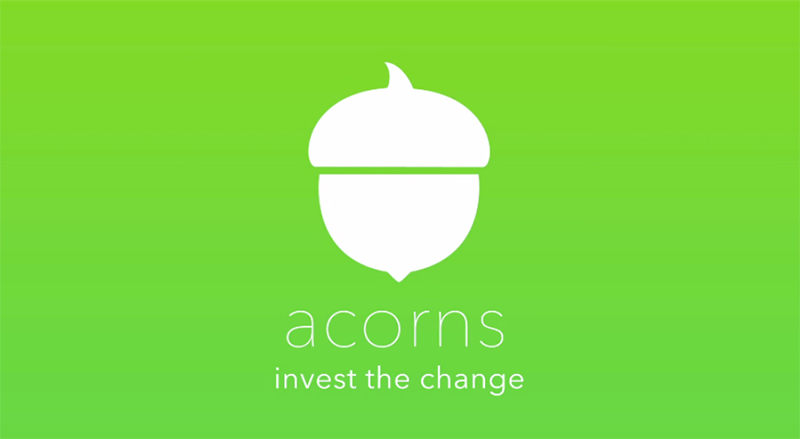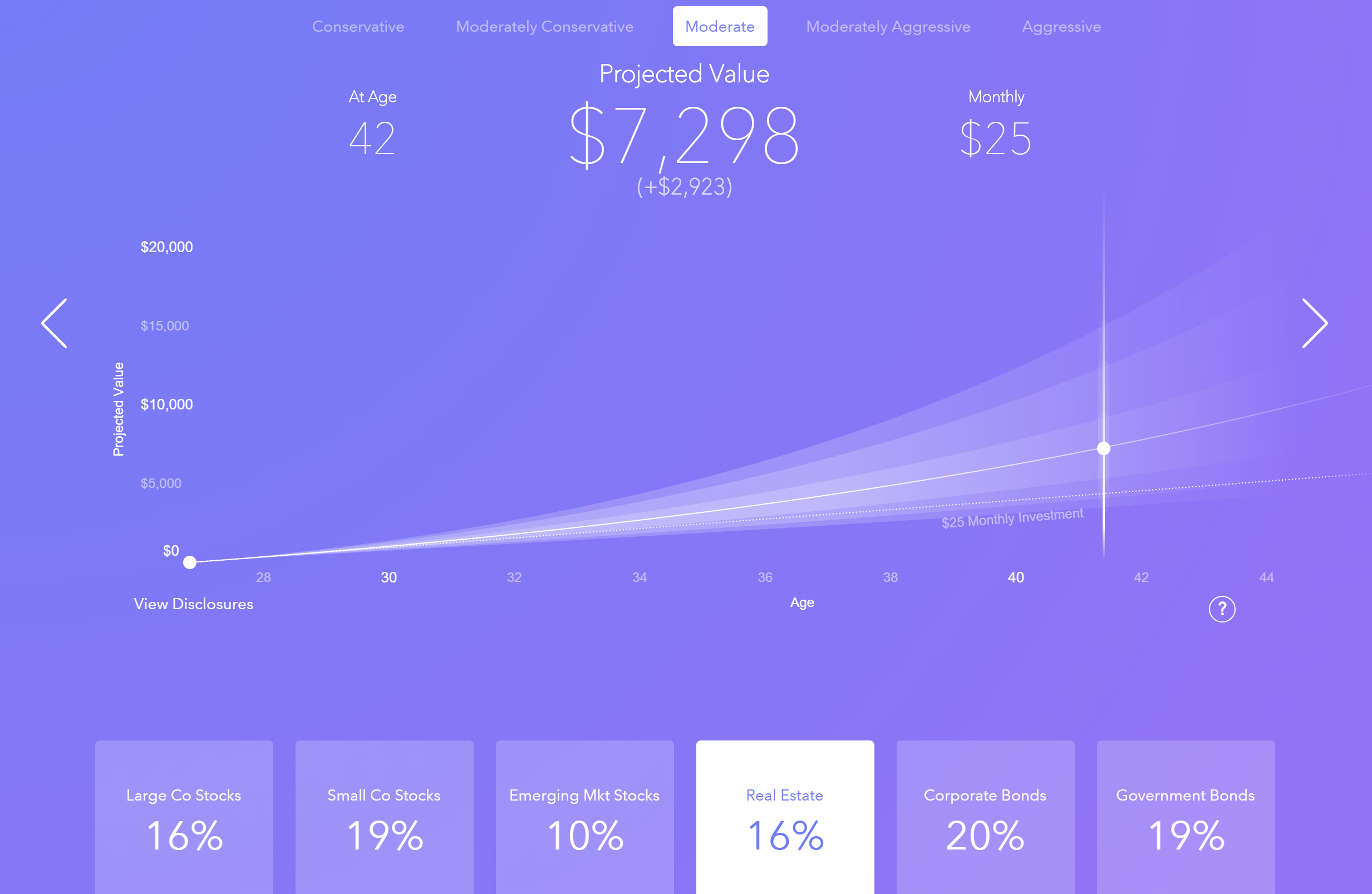Investing can be intimidating and often times the inexperienced or the ones with no time to keep checking for trades can really maximize their dollars when investing in stocks and bonds. If you are a student, professional or someone who has a few dollars and cents you would like to turn into real dollars you should look to use acorns to help your money grow.
Creators- California-based father-son team Walter and Jeff Cruttenden
The app is meant to be used to monitor, deposit/withdraw easy and of course to earn money on your money.
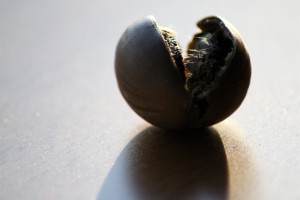
Here’s how Acorns works: You connect as many debit or credit cards as you’d like along with a checking account, and the app rounds every purchase made on those cards up to the next dollar, investing the difference in low-cost ETFs. For example, if you spend $10.49 on lunch, that remaining 51 cents is invested.
It doesn’t sound like much, but Acorns says that its current users invest $30 to $180 a month in “round ups” alone.
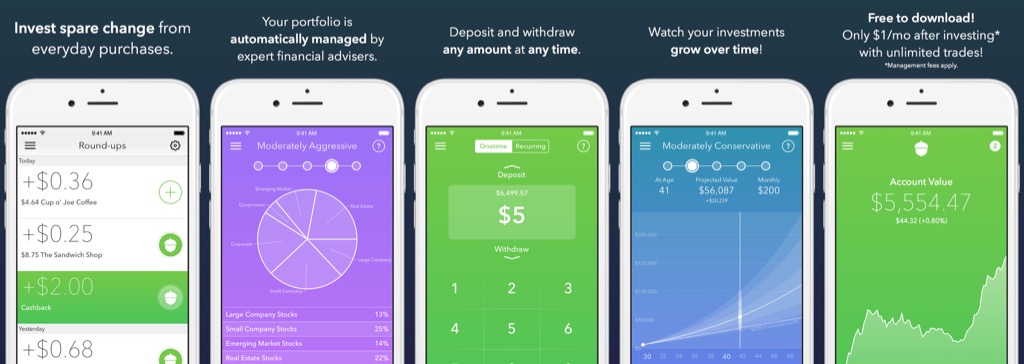
Acorns
Users can invest their round-ups manually or automatically.
“Even though, legally, a person can open an investment account at 18, most don’t start into their 30s and miss out on years of compounding returns,” explains cofounder and CEO Walter Cruttenden. “We’re hoping by making the amount small enough, we can get people started earlier.”
You can also choose to invest larger sums of money directly from your checking account, or set up automatic deposits on a regular basis.
“You can invest up to $20,000 or $30,000 in a lump sum investment,” explains CFO Mark Dru, “so we’re not only attracting investors interested in doing the roundup, but more sophisticated investors as well.”
No matter how much a user invests, they can use the app to estimate how much their money will grow in future years. “That peace of mind is really cool, because people are really worried about their future and what they’re going to do with their savings,” says Dru.
Of course, caveats Cruttenden, “past performance isn’t a guarantee of the future, but at least it’s a place to start.”
Acorns was created to make setting up an investment account something you can do in a few minutes, and investing something you can do in a matter of seconds.
After inputting your basic information and answering a few quick questions about your time horizon and risk tolerance, the app recommends one of six portfolios created by Nobel-prize winning Dr. Harry Markowitz, one of the company’s advisors.
Users can estimate how much money their investments will earn.
You can use the recommended portfolio, or choose to invest with another one. “Basically, you swipe left for a more conservative portfolio — fewer stocks, more bonds — and right for a more aggressive portfolio — more stocks, fewer bonds,” explains Cruttenden. “It’s the same on the withdrawal screen: Swipe up to put money in, down to take money out. It’s definitely a new interface in the financial services industry.”
Acorns says that 35% of its 60,000 users are in that 18 to 32 range, and that it’s on track to have 1 million by the end of its first year. The app costs $1 a month, and 0.25% to 0.5% of your investment annually — you can estimate how much you’ll pay in fees on the site.
If you think the service sounds a lot like a robo-advisor, you’re right. While Acorns is prim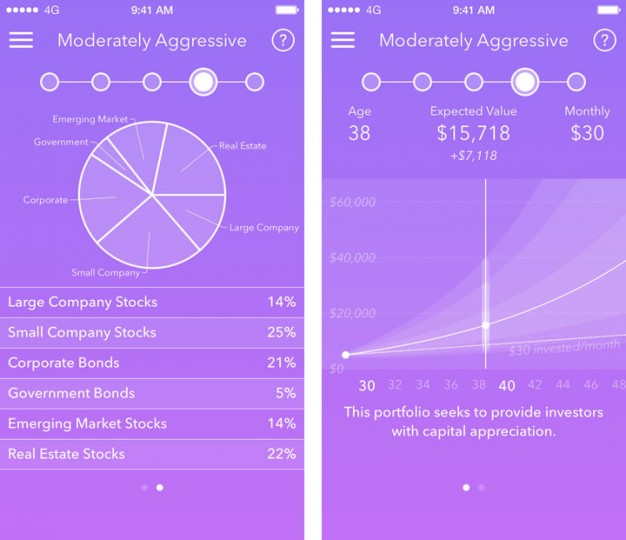 arily app-based — its web app is still in progress — it operates using a lot of the same principles as online investment platforms like Wealthfront and Betterment: conservative investments with minimal investor input, meant not to make investors millionaires, but simply to get their money into the market.
arily app-based — its web app is still in progress — it operates using a lot of the same principles as online investment platforms like Wealthfront and Betterment: conservative investments with minimal investor input, meant not to make investors millionaires, but simply to get their money into the market.
Because it’s not the most aggressive investment model out there, users should expect to leave their money with Acorns for a while. “If people are going to build a long term financial nest egg, we encourage them to stick at it,” says Cruttenden. “Our name is Acorns, and it generally takes 20-plus years to become a mature oak tree.”

